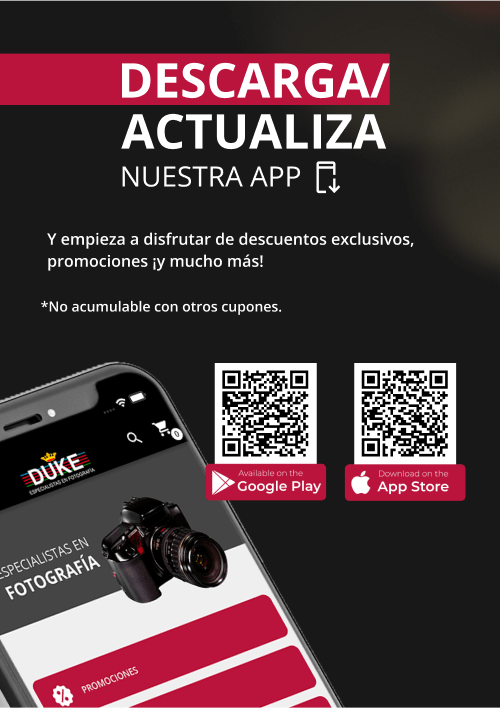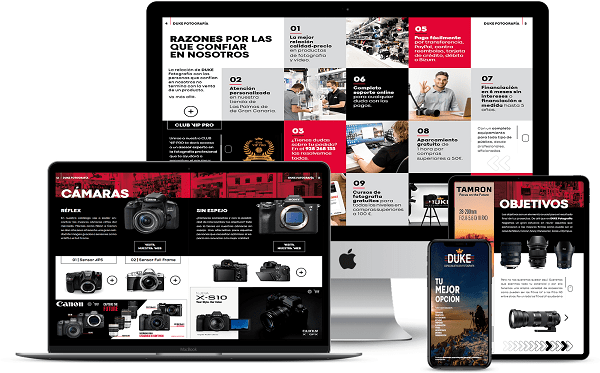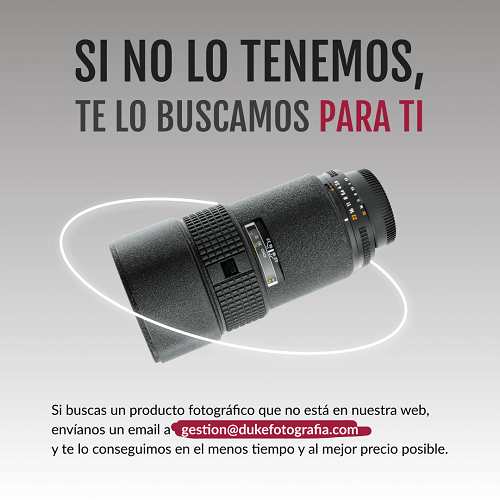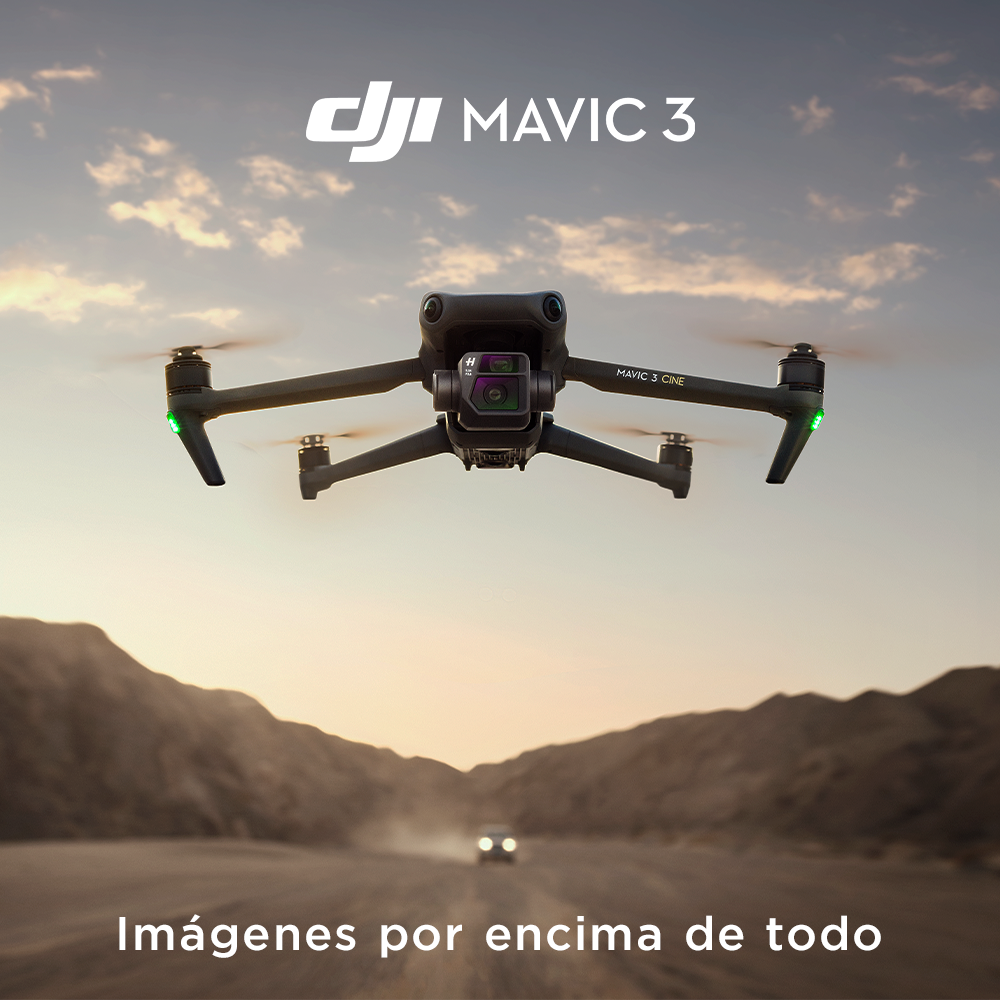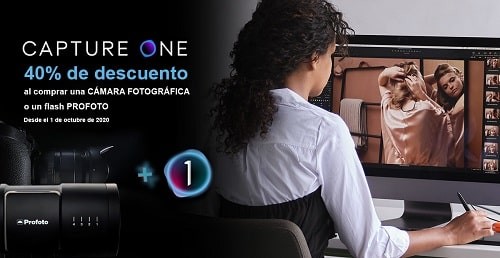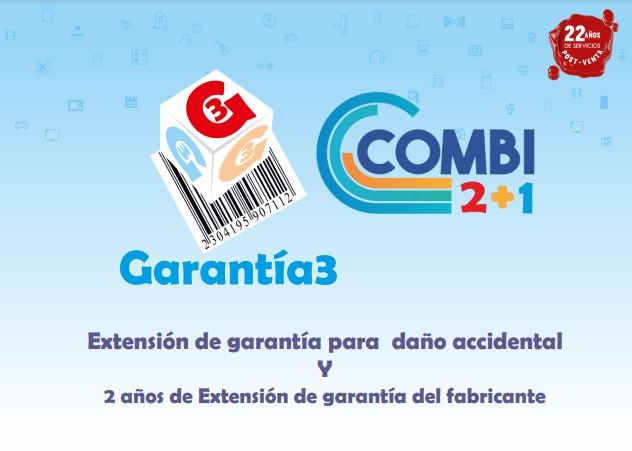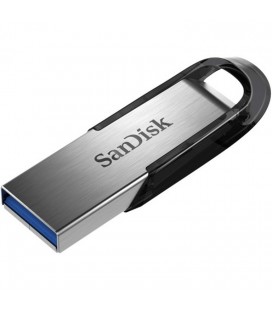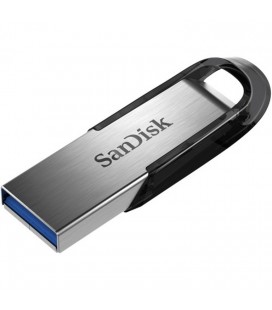
Catalog
USB Flash Drive
-
SANDISK ULTRA FLAIR USB 3.0 32GB
SANDISK ULTRA FLAIR USB 3.0 32GB
32 GB storage capacity USB 3.0 Technology Maximum data reading speed:...
9,71€ 12,95€ -25%Reduced price!32 GB storage capacity USB 3.0 Technology Maximum data reading speed: 150 MB / s Mac and PC compatible Includes SanDisk SecureAccess software Backwards compatible with USB 2.0
-
SANDISK ULTRA FLAIR 64GB USB 3.0 PENDRIVE
SANDISK ULTRA FLAIR 64GB USB 3.0 PENDRIVE
64 GB Storage capacity 3.0 USB Technology Maximum data read speed:...
14,31€ 15,90€ -10%Reduced price!64 GB Storage capacity 3.0 USB Technology Maximum data read speed: 150 MB/s Compatible with Mac and PC Includes SanDisk SecureAccess software Backward Compatible with USB 2.0
-
LEXAR USB JUMPDRIVE 64 GB S45 3.0
LEXAR USB JUMPDRIVE 64 GB S45 3.0
Plug-and-PLay USB 3.0 Ultra Slim Lexar JumpDrive S45 Store and transfer...
17,46€ 18,00€Reduced price!Out of stockPlug-and-PLay USB 3.0 Ultra Slim Lexar JumpDrive S45 Store and transfer photos, videos and files quickly and securely at USB 3.0 speeds, up to 150 MB / s of reading and 45 MB / s of writing. The key includes advanced security software that frees you from worries.
One of the great advances in digital storage has been the pendrives, these small packages of memory allow us to take our data from one side to another, in addition and many devices other than computers allow us to access their content.
To choose the right flash drive is something simpler, we will look for the necessary capacity for our files and as a recommendation we can put it with our keys or other things that we always have on top to have access to our files and photos in any situation.
Frequently Asked Questions about USB Flash Drives
Which flash drive to buy?
Capacity and speed are two of the most important features when buying a flash drive. If you want to store photos or videos we recommend a minimum size of 32GB and USB 3.0 (for speed). At Duke we have options up to 64GB.
If you need a flash drive for documents, a smaller capacity such as the Sandisk Cruzer Blade USB 8GB may be sufficient.
How to transfer photos from a digital camera to a pendrive?
Generally, to transfer photos from your digital camera to a flash drive, you will need to transfer the photos to your PC or Mac first. To do this you can use a card reader, connect the camera by cable, or in the case of some models connect via WiFi to your computer.
How to recover photos from a flash drive?
We can recover files from our USB flash drive or other storage devices such as SD cards, CF cards or hard drives using a file recovery program. There are a large number of such programmes available on the Internet, although only some of them are free. If we do not feel confident to perform this process by ourselves, it is advisable to go to a professional to do it for us.
How to format a flash drive?
We need to find instructions on how to format an external memory device such as a flash drive or SD card in our operating system (Windows or macOS). These tutorials usually contain step-by-step instructions that are easy to follow. One of the most important points is the type of format we are going to give to the device (FAT32, NTFS or exFAT). From Duke Photography we recommend using NFTS if you are only going to work with Windows devices or exFAT if you want more compatibility. FAT32 is reserved for older devices.

